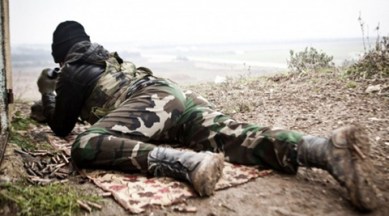Profile of the 21 SF Army unit that raided Naga militants in Myanmar
Here are the profiles the 21 SF, the Indian Army unit that raided Naga militant camps deep inside Myanmar to inflict ‘significant casualties’ on those who killed 18 soldiers of the 6 Dogra on June 4.

Man Aman Singh Chhina profiles the 21 SF, the Indian Army unit that raided Naga militant camps deep inside Myanmar early on Tuesday to inflict ‘significant casualties’ on those who killed 18 soldiers of the 6 Dogra on June 4.
The regimen of a Special Forces operative is vastly different from that of a regular soldier — much tougher, and which does not end with the initial training at the Special Forces Training School in Himachal Pradesh.
monthly limit of free stories.
with an Express account.
[related-post]
For a battalion like 21 SF, training and adapting to new fighting techniques is an ongoing process at in-house modules as well as at the Counter Insurgency and Jungle Warfare School, Vairangate, Mizoram.
Like all SF battalions, 21 SF have to be adept at combat freefall from fixed wing aircraft or choppers. They must practise various modes of entering and exiting hostile territory on foot, vehicles or by air, and undergo freefall training with special parachutes.
Heliborne operations, like the one carried out in Myanmar, are the mainstay of any Special Forces battalion — troops are inserted and picked up by helicopters. The forces practise for such operations with Army aviation helicopters or IAF choppers.
For actual operations, assault teams are used. These are smaller in size and better equipped than sub-units of regular infantry battalions, and they train much harder too. Forced marches with 60 kg loads is not uncommon for an SF soldier. The SF assault teams are trained for unconventional and asymmetric warfare, and for survival under extreme conditions.